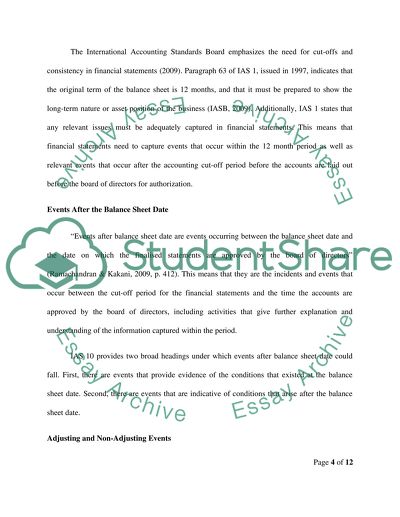Cite this document
(“Error”, n.d.)
Retrieved from https://studentshare.org/finance-accounting/1446711-advreporting
Retrieved from https://studentshare.org/finance-accounting/1446711-advreporting
(Error)
https://studentshare.org/finance-accounting/1446711-advreporting.
https://studentshare.org/finance-accounting/1446711-advreporting.
“Error”, n.d. https://studentshare.org/finance-accounting/1446711-advreporting.


